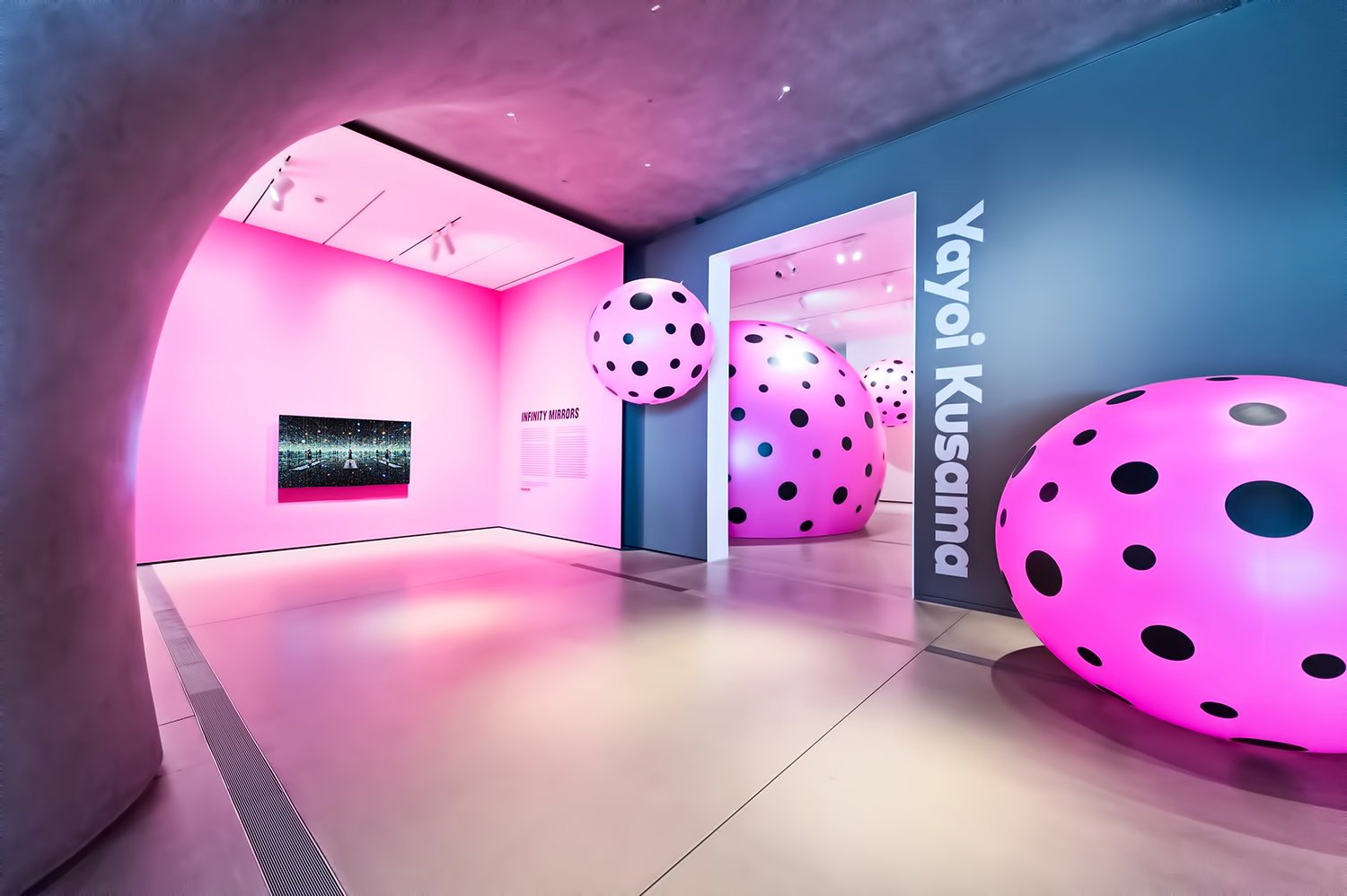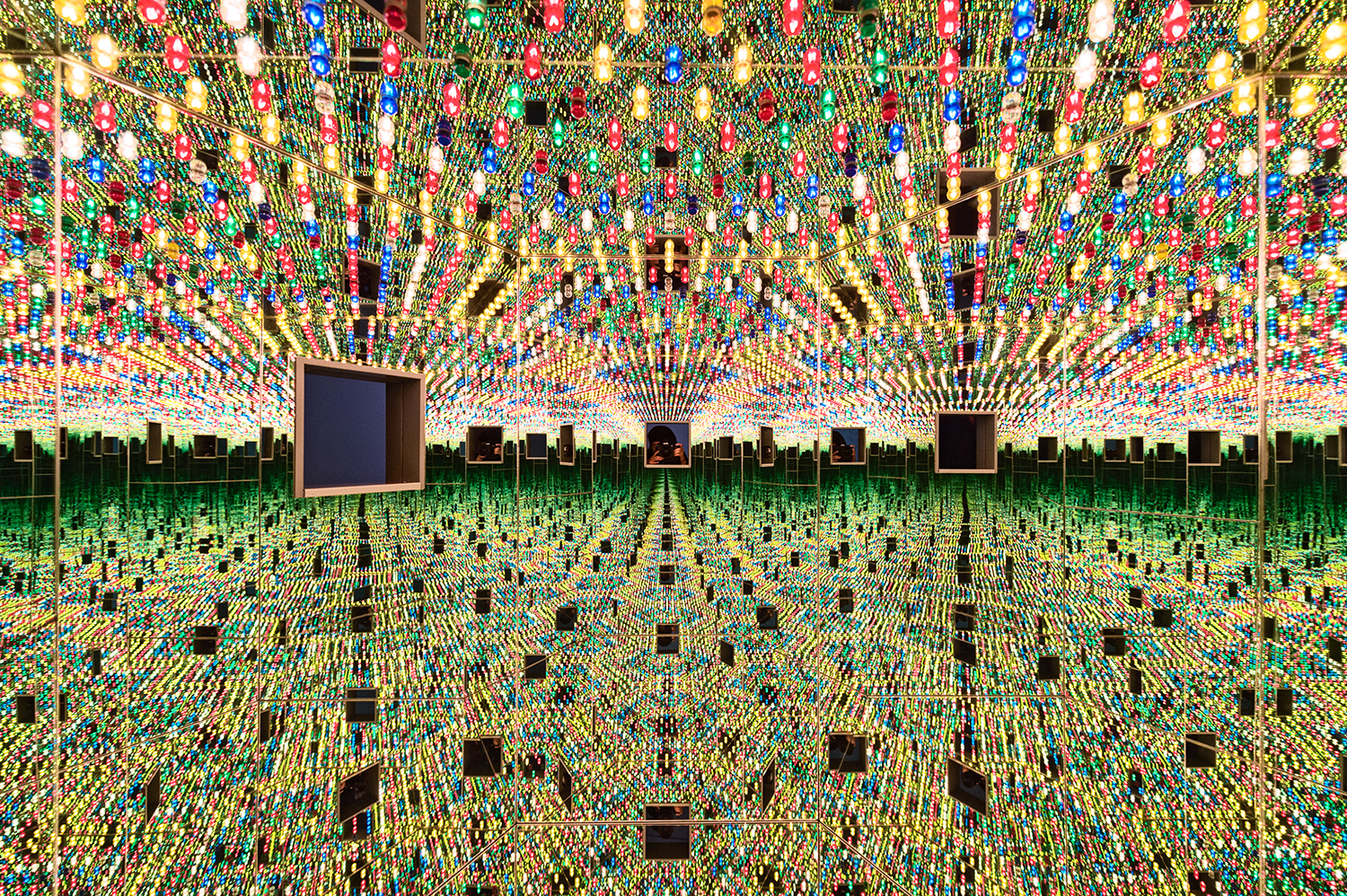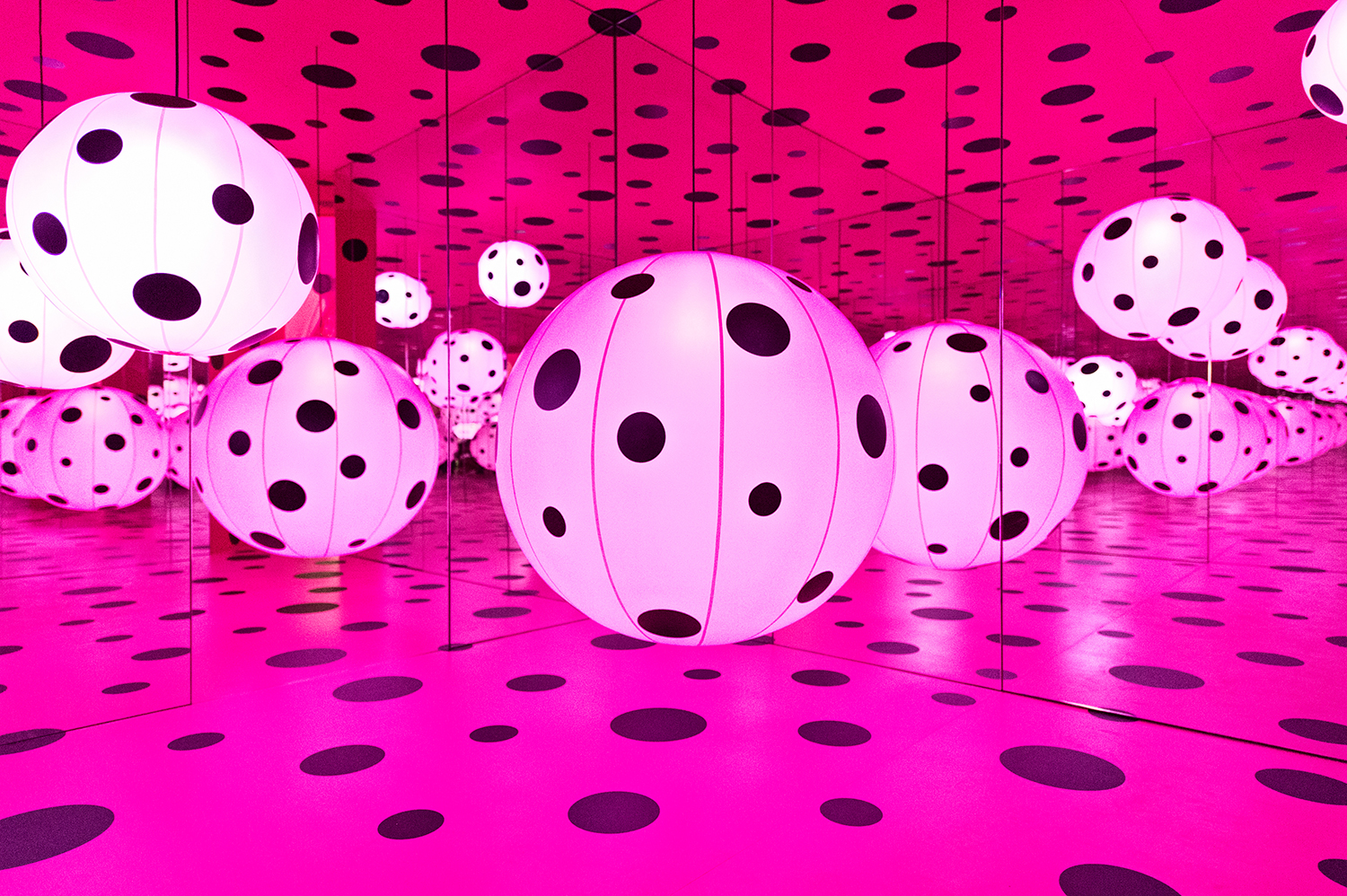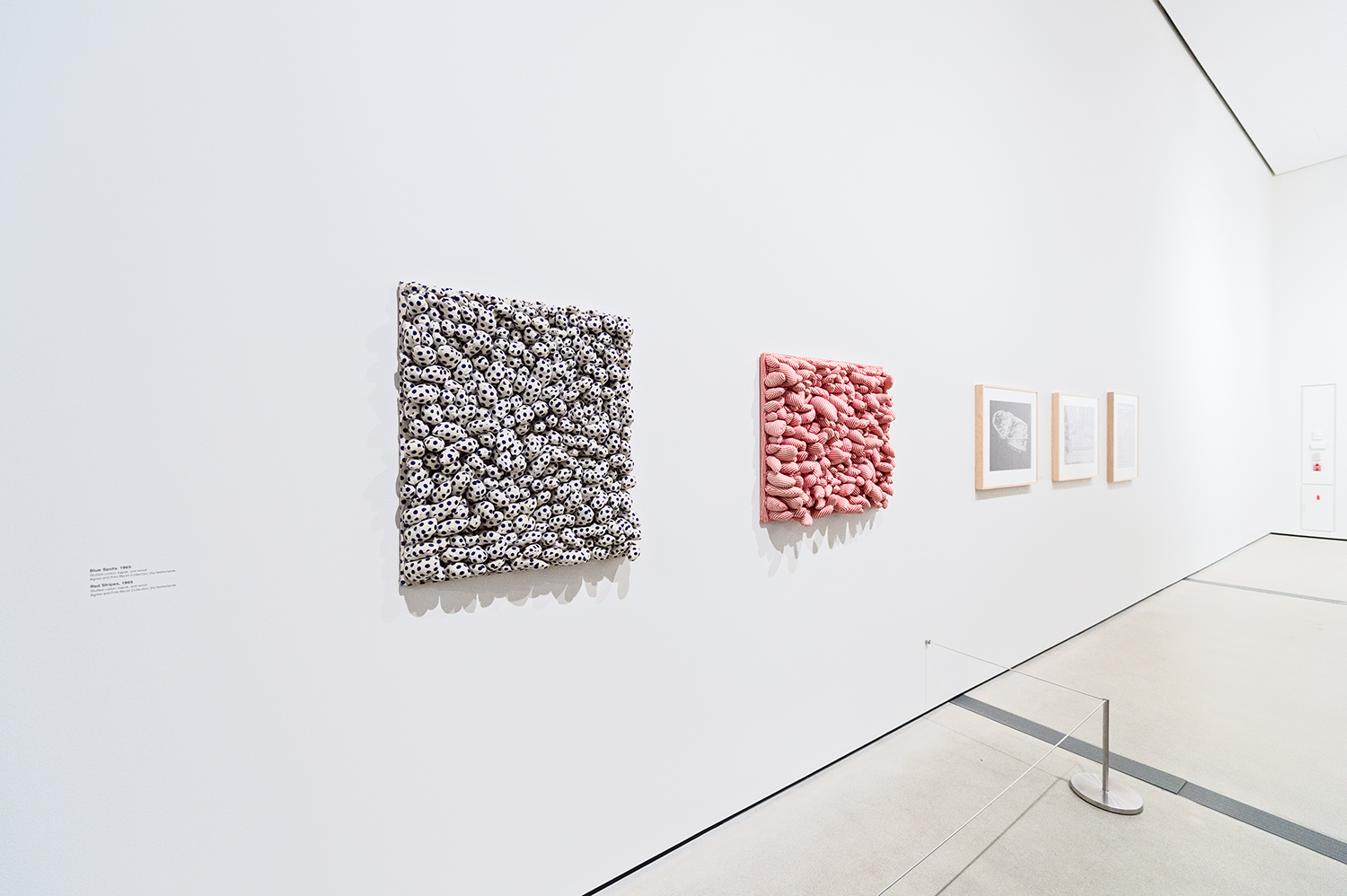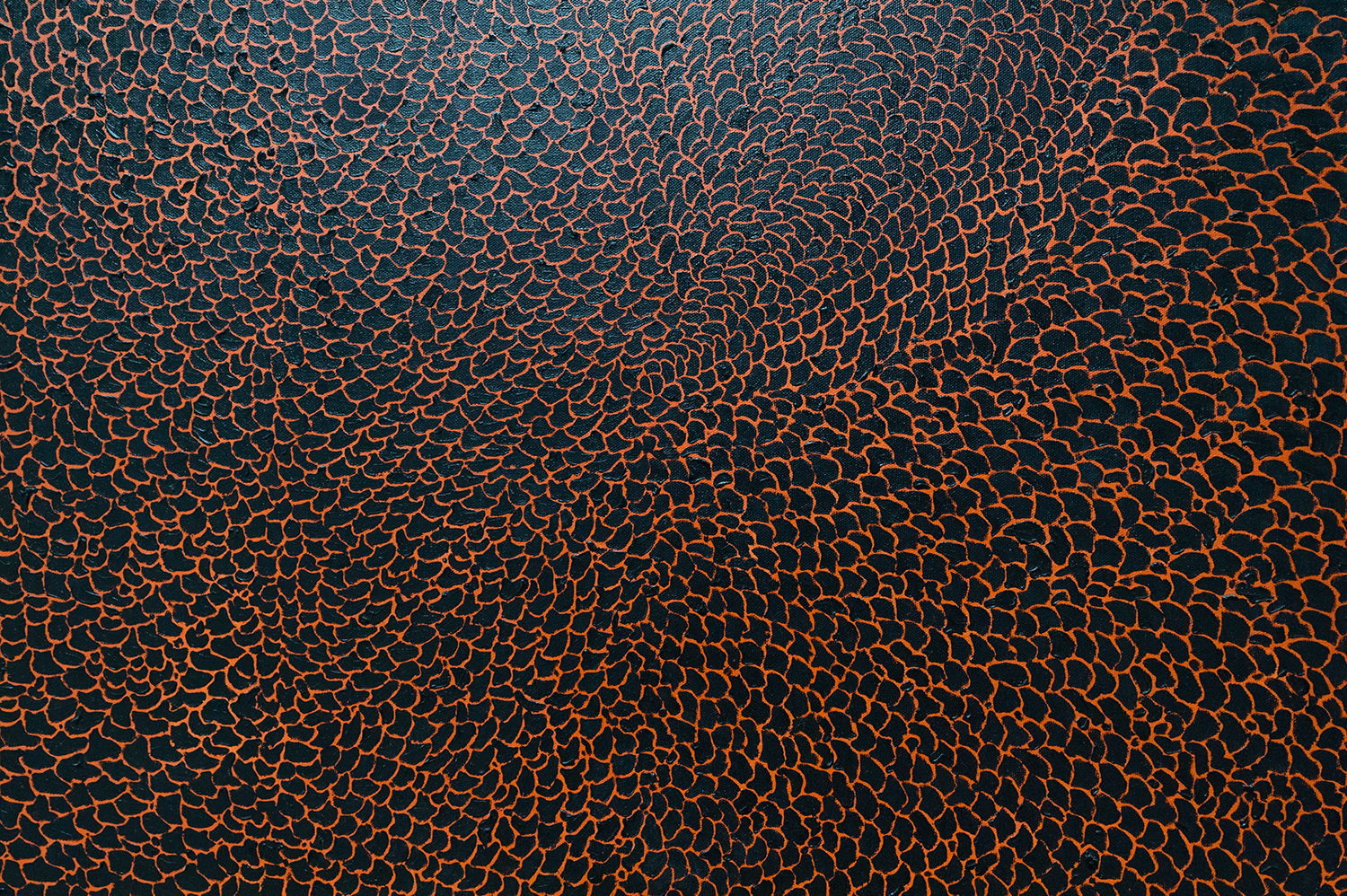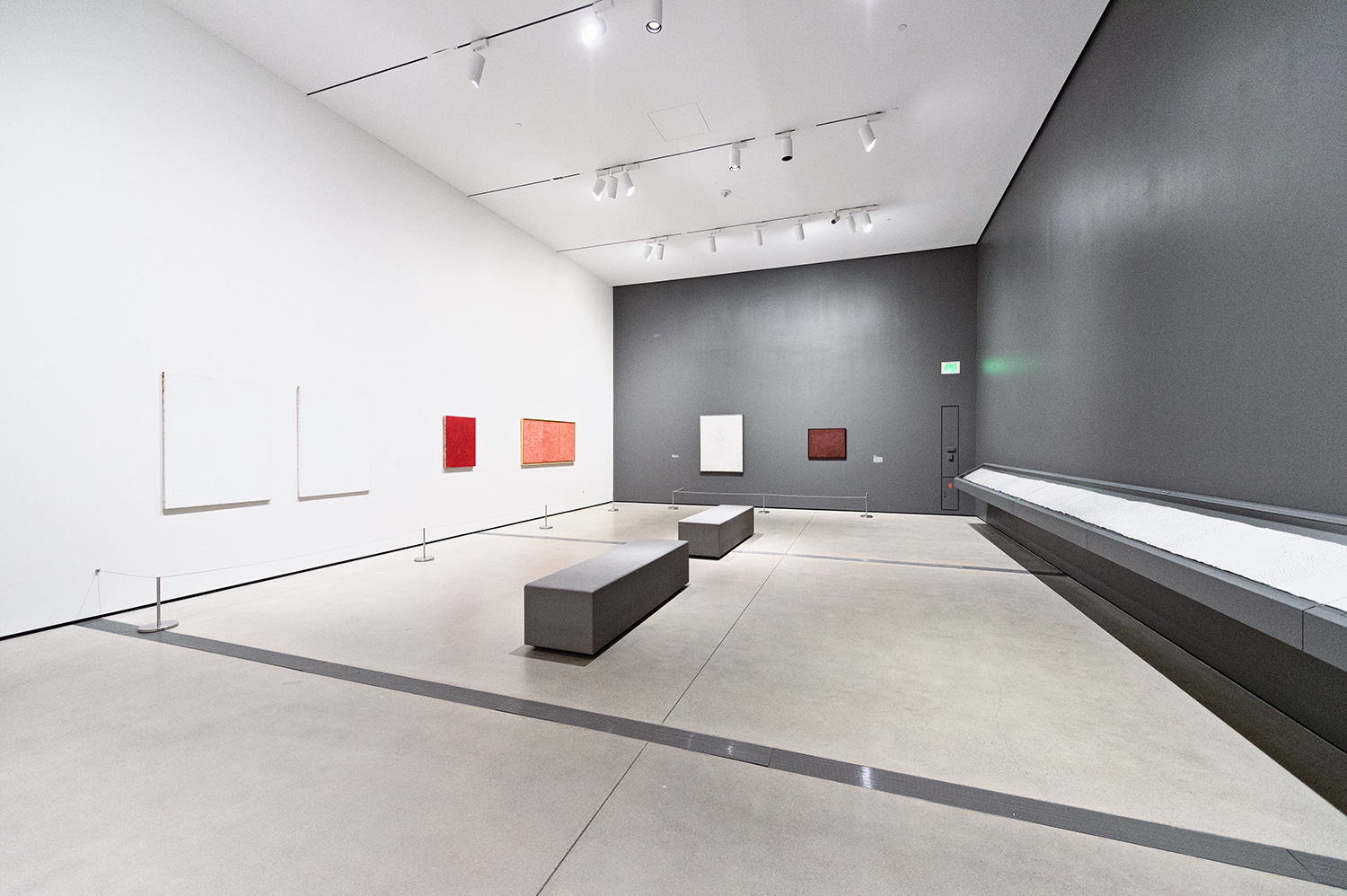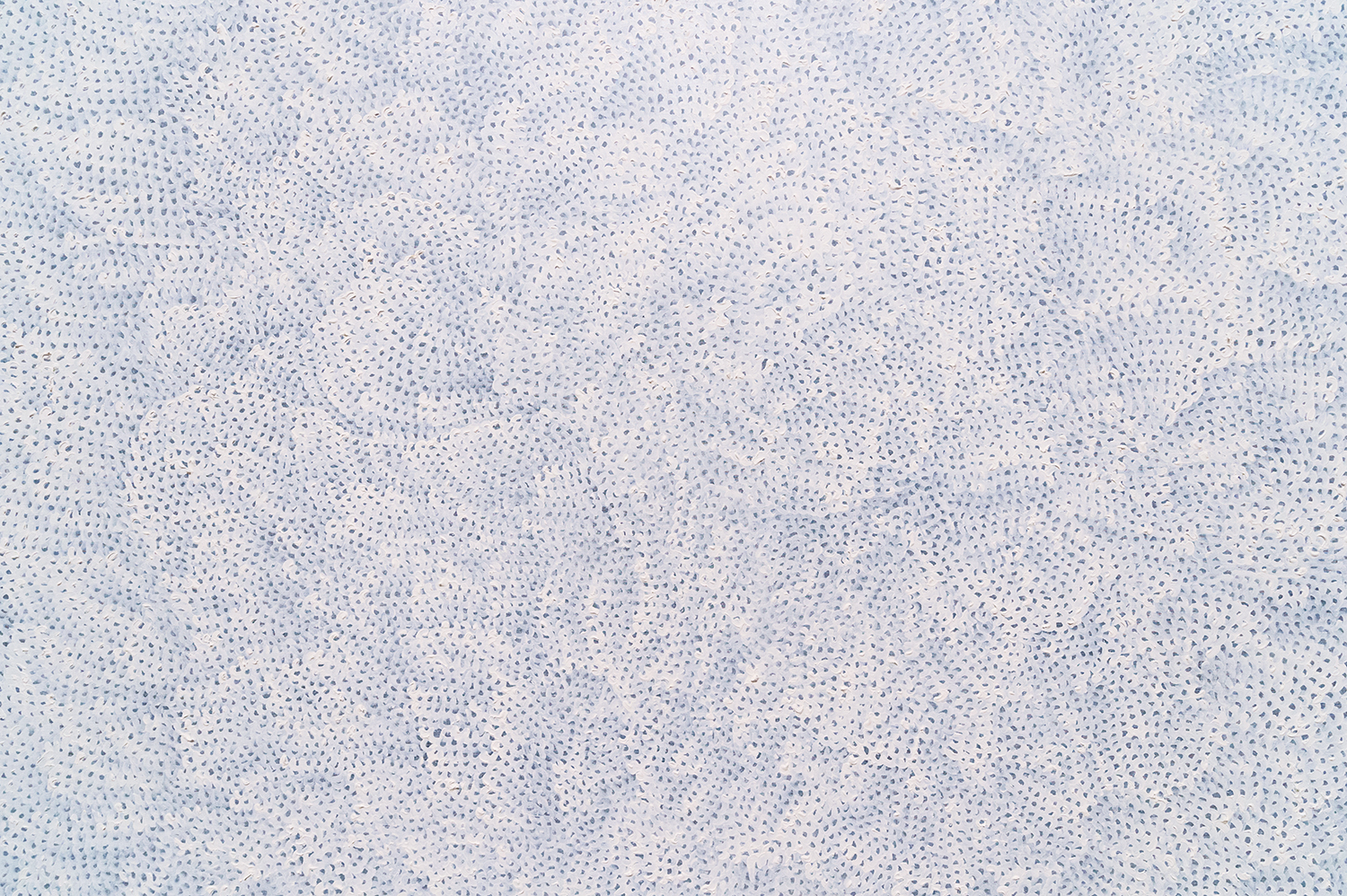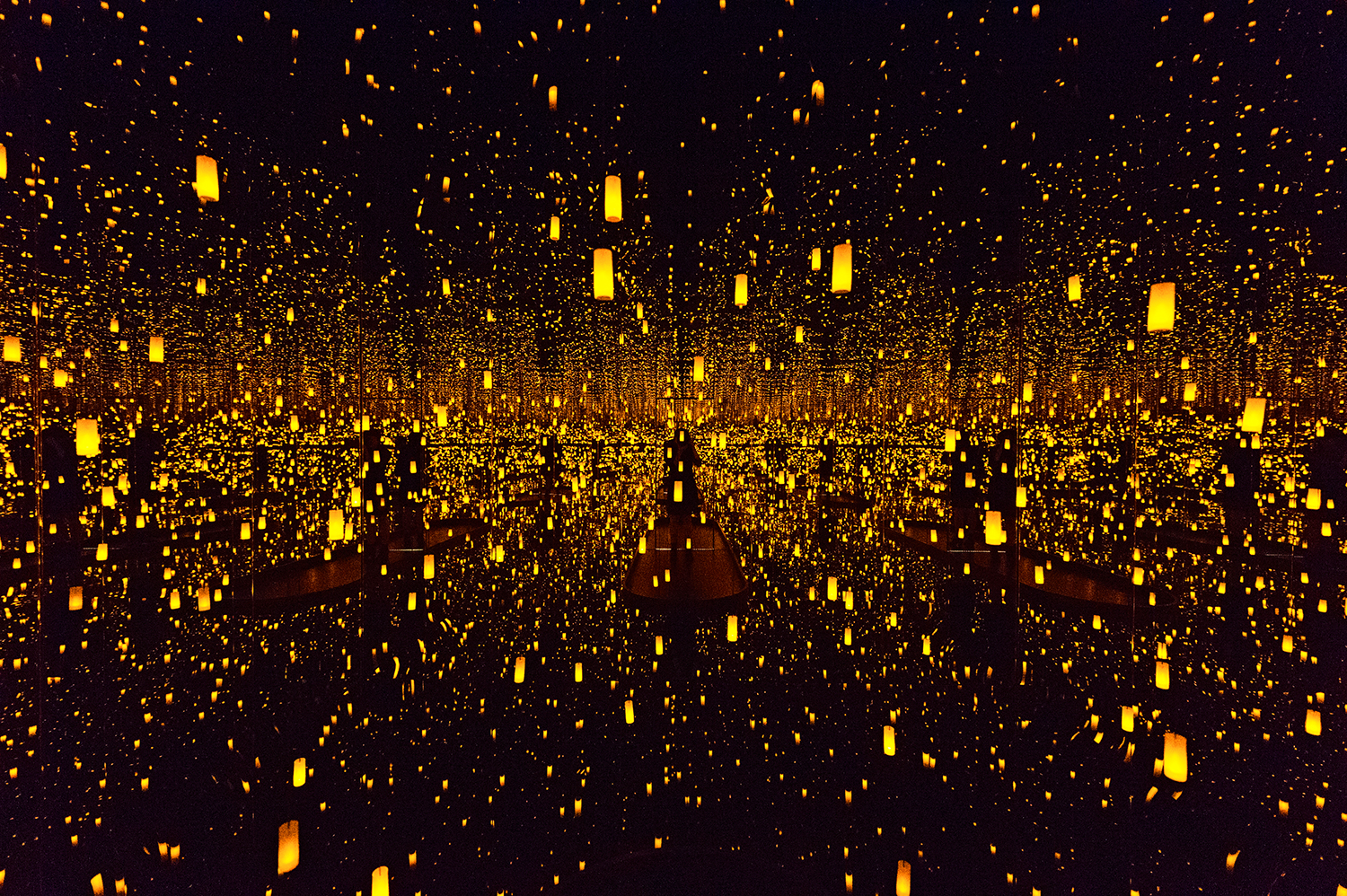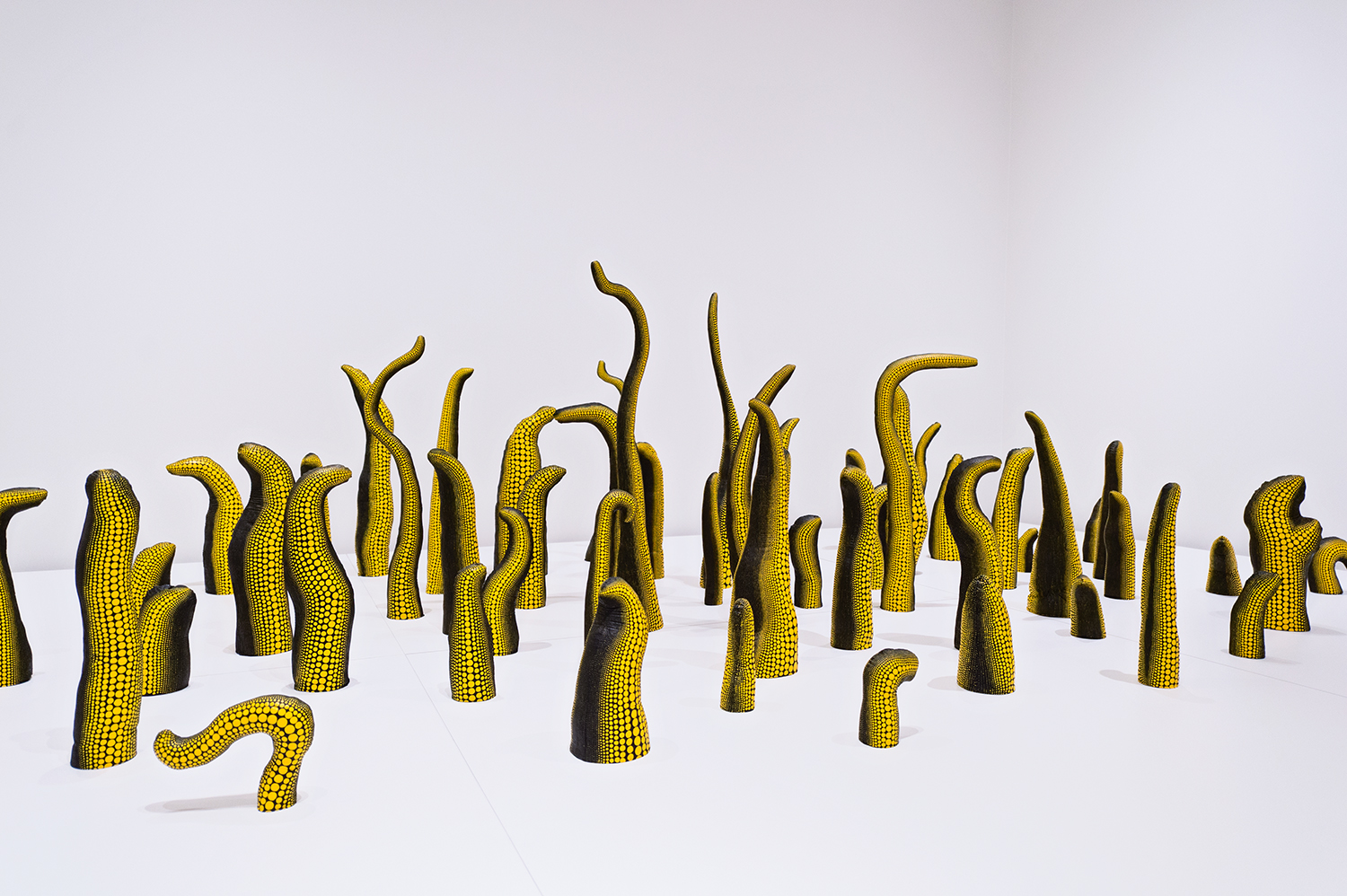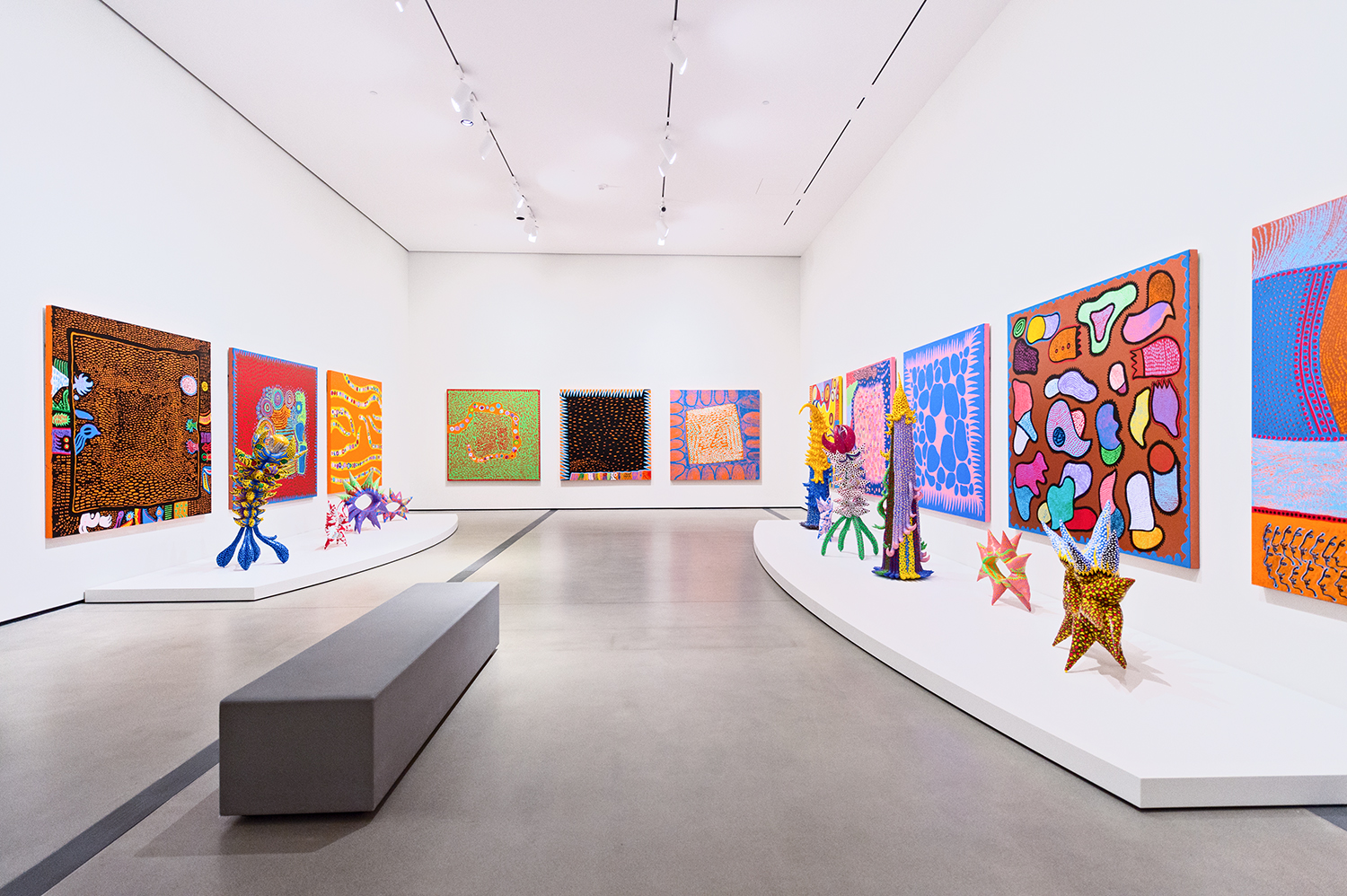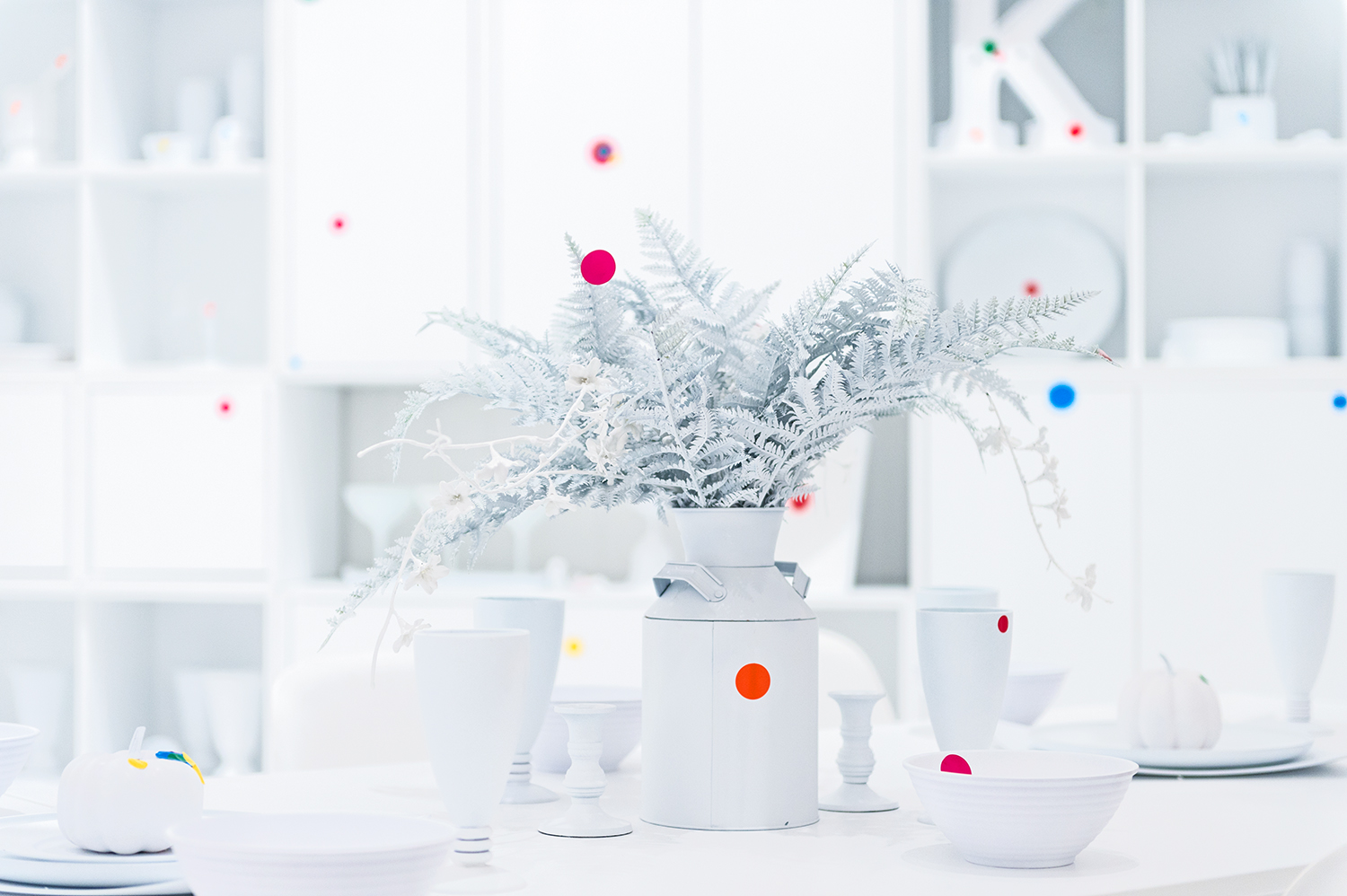Yayoi Kusama : Infinity
Any time a new piece of art is created, the first thing that we search for (collective we, by the way) is meaning… purpose. It’s an instinctual impulse human beings suffer in our never-ending obsession with truth seeking beauty. In this regard, we have only one piece of advice when viewing The Broad’s first visiting special exhibition, Yayoi Kusama: Infinity Mirrors— make sure to watch Yayoi’s artist statement before entering the exhibit. What’s declared will illuminate what is seen.
“The Broad collection has just one Kusama artwork,” said Joanne Heyler, Founding Director of The Broad, at Wednesday morning’s press conference and highly anticipated preview. “However, that one artwork has had a deep hold on our visitors' imaginations.”
The piece Ms. Heyler is referring to is: Infinity Mirror Room: The Souls of Millions of Light Years Away. We would argue that The Broad’s famed, ‘Infinity Room’, is currently the most popular art installation in a Los Angeles Museum. A Google image search should provide sufficient evidence to corroborate this decisive claim.
“Our visitors’ passionate affection for that work made it clear from the moment that I learned of the development of this show, that this traveling exhibition would have to visit The Broad,” explained Heyler. This collection of works is the first of its kind in several respects: It is the first to focus on Kusama’s mirror rooms specifically; it is the largest collection of mirror rooms in one museum at one time; and the first which gives these mirrored rooms context as it applies to her artistic career.
“This is not a retrospective,” said exhibit curator, Mika Yoshitake of the Smithsonian Institution, Washington D.C. “Rather, the exhibit gives a historical trajectory of the infinity mirror rooms. It explores the narrative arc of the rooms— from a very disorienting experience to a more ethereal experience in recent years.”
We hear what Mika is stating. The show is rooted in its own strong conceptual themes, making it far greater than merely a reflective celebration of an artist’s legacy.
Yayoi Kusama was born in 1929 to a family of affluent merchants in Matsumoto, Nagano, Japan. She grew up among her family’s plant nursery and seed farm, at which time she lovingly recalls taking long walks with her grandfather amidst their pumpkin fields. In her early formation as an artist, she studied Nihonga (Japanese-style) painting in Kyoto before moving to New York in 1958. Horribly, Yayoi’s childhood was powerfully marked with great darkness. She has declared in previous interviews that her father was a womanizer and, in order to learn of his activities, Yayoi’s mother would send young Kusama to spy on his love trysts. Witnessing such events as a child was devastatingly traumatic and from the depths of those memories grew an obsession with the phallic figure.
“She’s been making the mirror rooms over the course of 52 years,” says Mika proudly of her accomplishments. “She’s done 20 infinity mirror rooms in total.” As a member of New York’s avant-garde art circle, Yayoi was contemporary to Andy Warhol, Claes Oldenburg, Allan Kaprow and has been credited by the aforementioned artists as ‘influential’ to the development of assemblage, environmental art, and performative practices. Kusama had great success throughout Europe in the early 1960s and first grew fame in America during Vietnam anti-war protests. In stern opposition to violence, she combined nudity with polka dots on the raw streets of NYC.
Today, Yayoi Kusama lives and works out of her Tokyo studio.
We exclusively asked Yoshitake what she thought Yayoi's seat in the impalpable History of Art would be and, after a pause, she replied, "I think that she's made her mark as a prolific artist, as well as an accessible artist. She captures illusions in a way that not many artists have been able to do." Truly, truly.
The spectacle itself is located on the first floor galleries of The Broad, where it commands its place within the museum. Giant pink polka dot vinyl balls mark the entrance and a large LCD TV loops the artistic statement for all present. Various Infinity Mirror Rooms act as structural anchors on a thematic journey of Love / Obsession. Interspersed between these beautiful tableau chambers are meticulously curated collections of paintings, sculptures and documentary images of Yayoi throughout her career. What struck us was the immense amount of creations, many of different mediums and scales, that's shown. She has certainly never lacked.
“The show invites the possibility of reconsidering the quite impossible idea of infinity as experienced through an analog space,” remarked Mika, addressing the show's contemporary ideas. Experiencing virtual reality in the real world is precisely the reason why Kusama has captured the imagination of our digital generation and beyond.
One of our favorite galleries, removing all infinity rooms from consideration, would have to be second to last. It features a gathering of paintings and sculptures that Kusama started working on in 2009 entitled, My Eternal Soul. “It was her goal when she started this collection to create 100 unique pieces,” stated Mika. “Today, Kusama has created over 500 pieces. She's very prolific in making these paintings.” The collection resonated with us by virtue of its playfulness that seemingly came from never-ending senses of wonderment.
Honestly, this is the finest show that The Broad has presented since its outset in 2015. Its depth of emotion surprised us... and the way in which Yayoi chose to speak about her practice genuinely touched us. “I have such a huge adoration for the concept of infinity,” Yayoi says, pointing to the sky. “All my creations come from that same foundation.”
Kusama then speaks to the humor of pumpkins and delights in how their presence fills humans with warm intentions. “That’s what it means to have humor. Humor puts our minds at ease,” she professes. Looking at her work through the filter of humor totally changed how we saw the exhibit. Suddenly, we were in her color-filled playground.
Of the entire exhibition there’s one artwork you’re not allowed to photograph— her most recent Infinity Room entitled, All the Eternal Love I Have for the Pumpkins, 2016. This request comes directly from the artist herself, not even the press were allowed to break her decree. It makes sense. Kusama’s childhood was filled with sadness which afflicted her life. Shining through this void was her and her grandfather's shared joy of pumpkins. We can see how she wouldn’t want us to trivialize a piece she refers to as, "My beloved pumpkins."
Phenomenally we’re willing to wait in line for months to get thirty seconds inside one of these timeless creations; however, what’s enigmatic is when our half minute is received, the only thing that seems to matter is taking a perfect image or video for social media. In many cases the intention of the artist is lost altogether.
“Always look at yourself with tenacity while being conscious of what kind of human being you are becoming,” Yayoi instructs, laying out her desire. Be that as it may, it’s not all tough-talk from a grand madame of Avant-Garde. She’s very encouraging to the youth of the world. “I want the young people to live a life filled with hope,” she advocates. “I want them to fight with all their might to live a life just as big. Always look for a new world.”
Emotional phrases to hear from one who has run the grueling gauntlet successfully. “The effect of infinite—," implores Obasan Kusama, with the legacy of action as evidence to her words, "constant repetition leads us to finding our ever-expanding hope.” Human souls will never stop fighting, working or struggling simply because hope cannot break in light of the fear of terror as she says.


